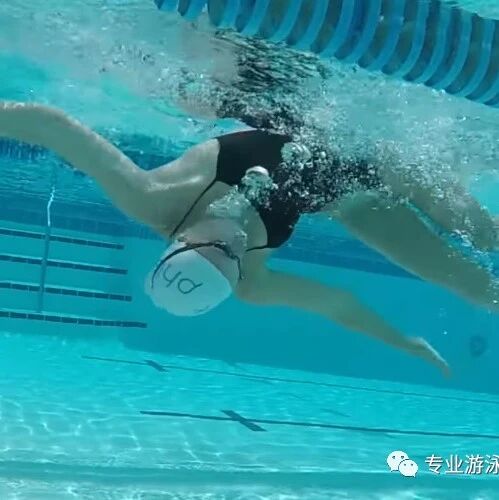Simple beginner tips for freestyle turns: one stroke, two dips, three exhales, four pushes, five kicks.
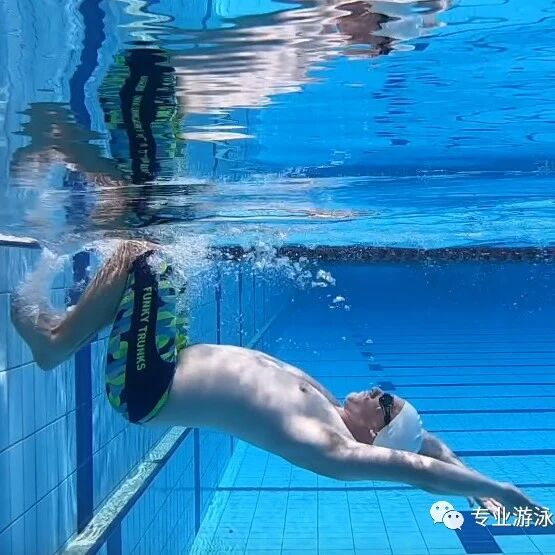
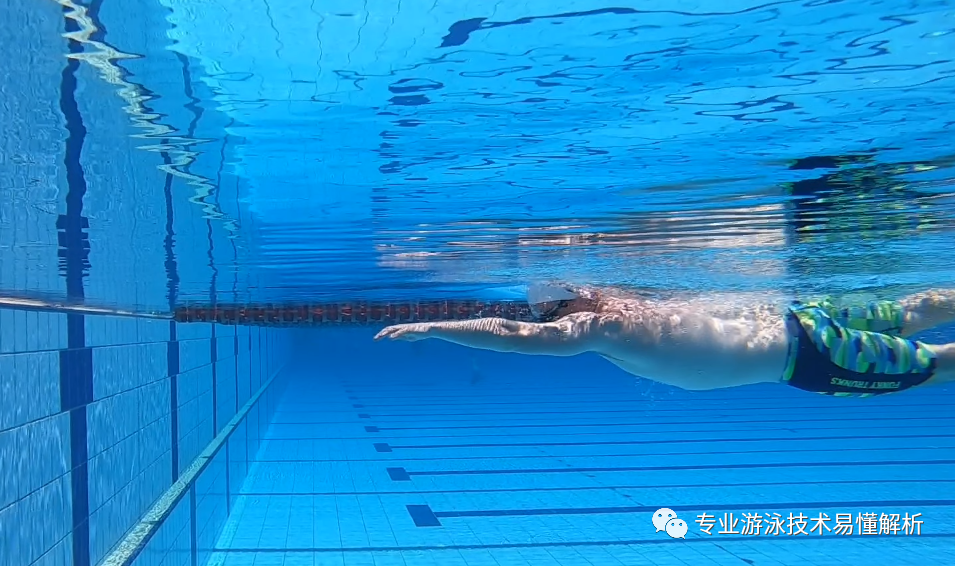
The freestyle turn is a fundamental swimming skill. For competitive swimmers, the smoothness and power of the turn directly impact race performance. Meanwhile, for recreational swimmers, mastering the turn is essential for tackling long-distance swims—after all, 50-meter pools are rare, while 25-meter lanes are everywhere. If you typically swim 1,000 to 1,500 meters per session, you’ll likely need to execute the turn between 40 and 60 times. Poorly executed turns mean 40 to 60 opportunities to restart your stroke, whereas well-executed turns provide 40 to 60 chances for brief, much-needed rest breaks during your swim.
I. The Impact of Turning Movements
Turning directly impacts two key aspects: first, the swimming rhythm, and second, the breathing rhythm. When executed smoothly and efficiently, a turn typically doesn’t disrupt the breathing cadence. In fact, taking advantage of the wall push-off during the turn allows swimmers to fine-tune their body position, generate powerful propulsion, and even seize a brief moment to catch their breath.
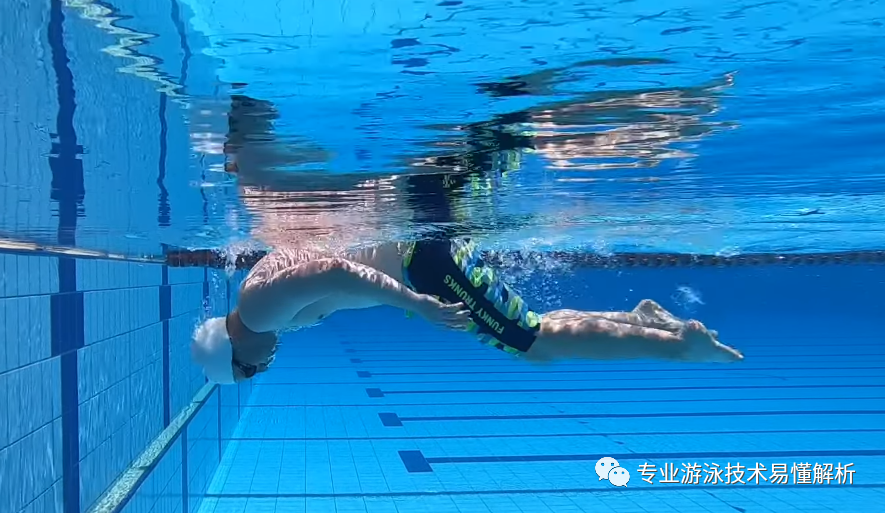
When first learning to turn, the main challenges of the turning motion are difficulty smoothly flipping forward—and accidentally swallowing water during the flip. To overcome the inability to roll forward, there are just two key adjustments: First, keep your head as low as possible, with your chin tucked close to your chest. Second, halfway through the roll, sweep your arms toward your face as if surrendering—or more precisely, performing a "surrender" gesture with your hands. Remember to flip your palms upward before executing this "surrender" motion. As for choking on water, simply maintain a steady stream of exhalation through your nose. You can even exhale slightly harder than usual to prevent water from flowing back into your nostrils.
Once you've mastered the front turn, the real challenge of the turning motion lies in accurately timing your flip—or rather, estimating the precise distance to the pool edge. This is where extending your arms forward comes into play. Basically, after your extended arms pass beneath the waterline at the bottom of the pool, a single additional stroke will set you up for the perfect flip and turn. Just remember to pull your legs back quickly afterward to prevent your feet from accidentally kicking the side of the pool.
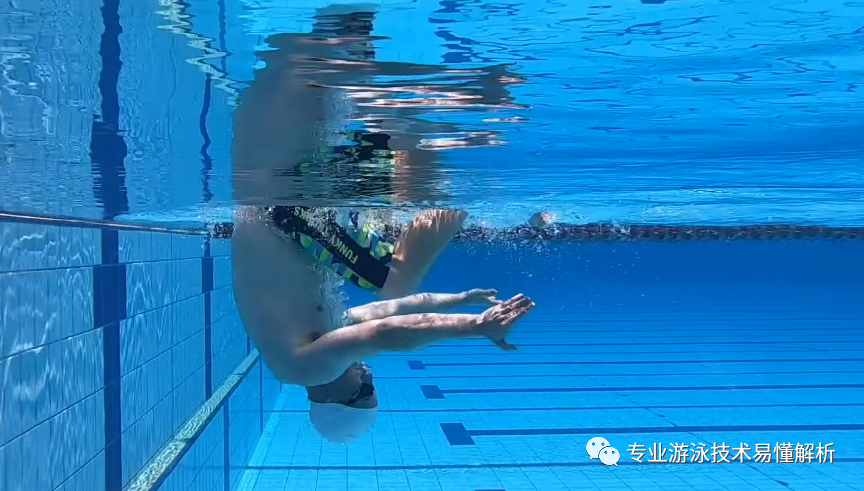
When you can smoothly perform the forward flip and accurately gauge your approach to the wall, the real challenge of the turn lies in fine-tuning your body position and mastering the proper wall-pushing technique. After sweeping your palms toward your face through the water, quickly extend your arms while keeping them slightly bent—ideally with your hands overlapping as you reach forward. Once your body is properly aligned, push off the wall using the balls of your feet, not the entire foot. If your arms are still pointing downward toward the pool floor at this point, avoid rushing into the push-off—it could cause your body to submerge too deeply, increasing pressure on your nose and making it easier for water to enter. The key area for improvement here is the delicate coordination between the direction of your foot’s propulsion against the wall and the positioning of your arms—and especially your palms. Ideally, your feet should push slightly upward toward the surface of the water, which helps align the force generated by the kick with the buoyant forces acting on your body. This synergy allows for a smoother, more efficient transition, enabling your body to glide effortlessly into the streamlined swimming position. One important note: Avoid attempting to push off the wall with your entire foot, as this might momentarily increase your kicking power but also create an awkward pause that disrupts your overall swimming rhythm.
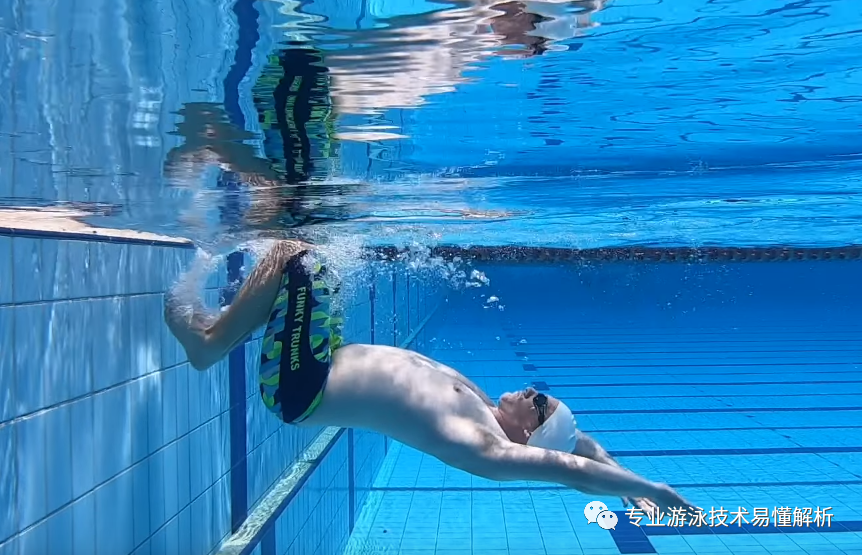
3. One stroke, two lowers, three spits, four pushes, five kicks
When performing the front flip turn, remember these key steps: 1. As you initiate the flip, your arm must execute another push-through motion underwater. 2. Keep your head low and your chin tucked in tightly. 3. Exhale steadily through your nose until your eyes are looking directly at the water surface above you. 4. As your hand flips over to face your face, simultaneously push through the water—this action will help your body complete the smooth rotation. 5. Finally, drive off the wall by pressing firmly with the balls of your feet against the pool edge. Here’s an important tip: focus on engaging your entire leg—both your thigh and calf—as you bend your knees, rather than relying solely on your feet and ankles. For beginners, this timing and technique might feel tricky at first, but pay close attention to the difference between using just your feet and ankles versus activating your whole leg. To get a better sense of this, imagine the contrast when jumping rope—notice how much more powerful and controlled your movement becomes when you engage your entire lower body instead of just your feet and ankles. Don’t worry if mastering the front flip turn feels challenging at first; taking that initial, fearless step is often the hardest part. Once you’ve made that first move, the rest of the process won’t seem as daunting as you’d expect.
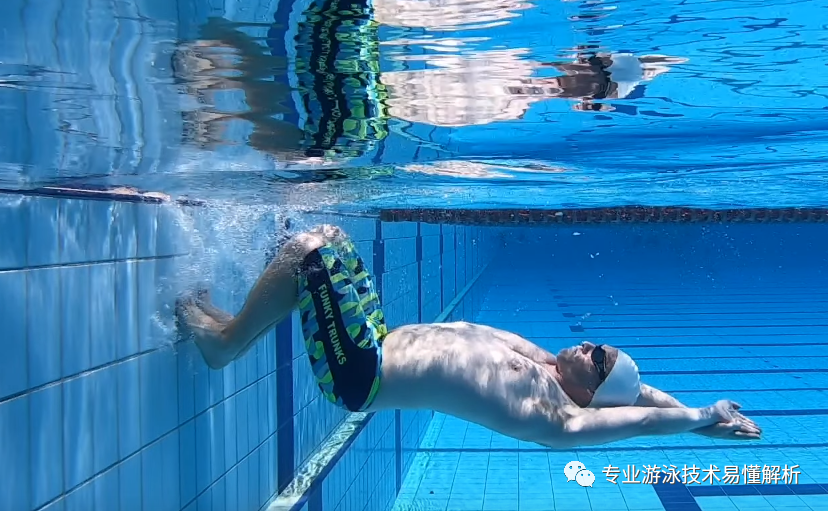
At the end of the text
Thank you for your supportive and encouraging likes, but we’d love even more if you could leave comments to spark conversation—and of course, feel free to share and forward as well!
Related Articles
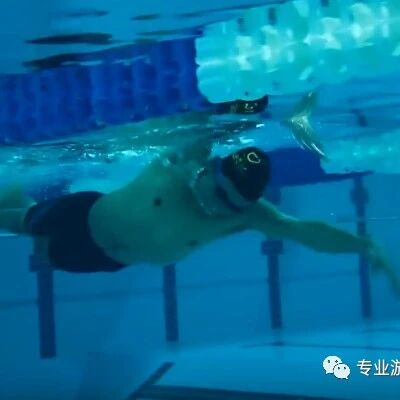
When turning to breathe, avoid three specific movements to maintain a steady freestyle swimming rhythm.
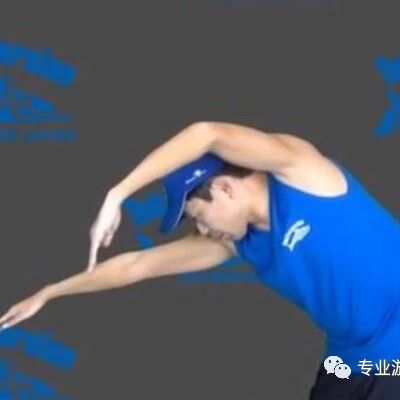
How is it possible to achieve a high, leg-up position without kicking? The advantages of the Total Immersion approach
